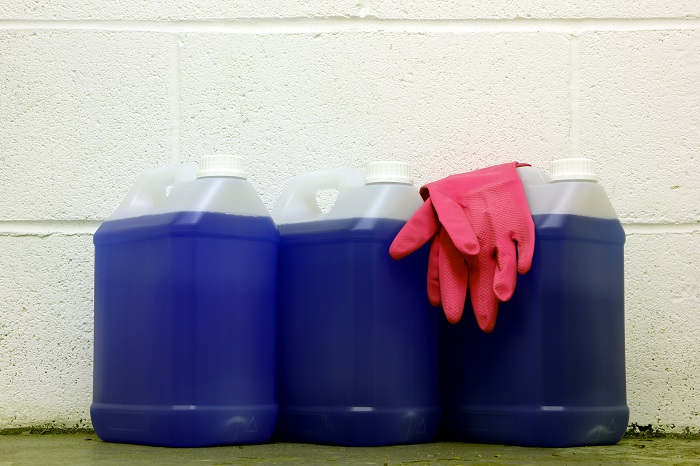Looking for reliable Isopar G suppliers? Ecolink provides high-quality isoparaffinic hydrocarbon solvents with expert technical support, competitive...
Blog


CHEMICAL INDUSTRY NEWS
Chemical Chat – Discover What’s New!
Best Vehicle Degreasers: Efficient Solutions for Removing Grease
fleets for their operations. Grease buildup can hinder efficiency and diminish the overall aesthetics of vehicles. To combat this challenge,...
Vehicle Maintenance: Keeping Your Fleet in Top Condition
For many business operations, a well-maintained fleet of vehicles is not only a functional necessity; it is a reflection of a company’s commitment...
What is Non-Destructive testing? A Brief Overview
Evaluating a product’s materials and internal components is one of the best ways to test the integrity of a...
Best Vehicle Degreasers: Efficient Solutions for Removing Grease
fleets for their operations. Grease buildup can hinder efficiency and diminish the overall aesthetics of vehicles. To...
Company News

Managed Services
Discover the Latest in Safe and Sustainable Chemical Solutions
Stay informed with Ecolink’s blog! Subscribe now
Chemical Management Information
Stay updated with us
Sign Up for the Latest Updates
Stay informed about chemical supply chain disruptions and emerging innovations to keep your business at the forefront of efficiency and innovation. Uncover new ways to make your business practices more sustainable by incorporating safer products into your cleaning lineup.


























